The government of India says it is planning to spend $60bn on doubling the number of airports it operates as it races to meet demand in its aviation market, the world’s fastest growing.
Jayant Sinha, the minister for civil aviation, said in a recent interview with the Nikkei Asian Review that “India should have 150 to 200 airports … in the next 15 to 20 years”.
At present, the country has 100 airports, although it is building new ones fast, with no fewer than 31 expected to be completed in the next 12 months.
Of the 100 new airports to be constructed, about 70 will go up in areas that have no airport now, and the remainder will become secondary airports.
The secondary airports are intended to deal with a sudden growth in demand for air travel that threatens to overwhelm the present infrastructure.
Ruthless price competition between budget airlines and India’s 7% economic growth rate have put air travel within reach of ever more people.
In 2017, the throughput of domestic passengers recorded its 42nd straight month of double-digit growth, and domestic and international passengers together grew 17% over the year. This will shortly push important hubs such as Mumbai and Chennai to operate above their design capacity.
The growth in demand is good news for companies in the sector. The International Air Transport Association has predicted that by 2025, India will have jumped over the UK to become the third largest market for aviation in the world, behind China and the US.
One of the big winners from this growth will be the state-owned Airports Authority of India (AAI). This has built more than 60 airports in India, and is now looking to use the expertise it has gained to win work abroad. One of its first projects, Kalaymyo in neighbouring Myanmar, has already been announced.
The question that remains unanswered is how India will finance expansion on this scale. Sinha, the civil aviation minister, told the Nikkei Asian Review that the bulk of the investment would come from the private sector.
A ministry official told the paper: “A consultant is being appointed to estimate the projected demand across the country and in individual cities, determine required investments, identify possible sources of funding, and develop a regulatory architecture in consultation with shareholders.”
Image: Kempegowda International Airport in Bangalore, completed in 2008, is run on solar power (Kempegowda)
Further reading
Comments
Comments are closed.





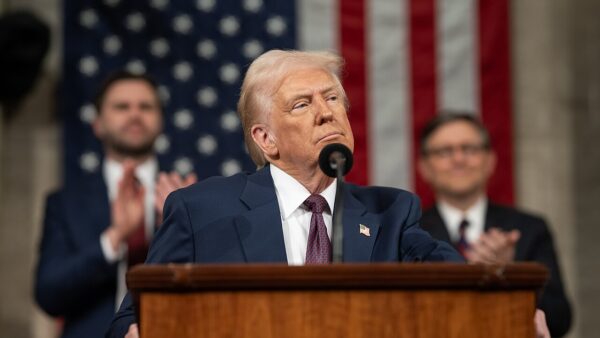
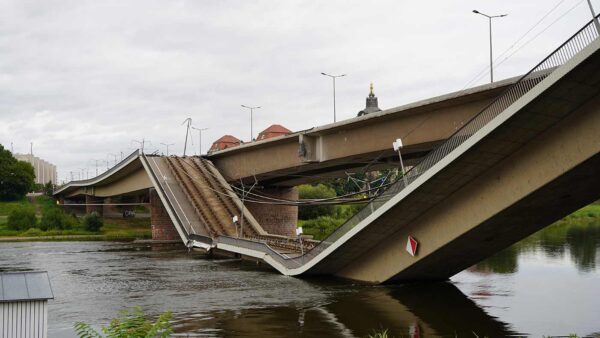
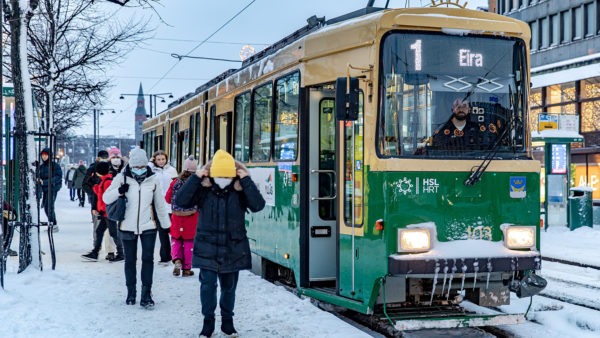
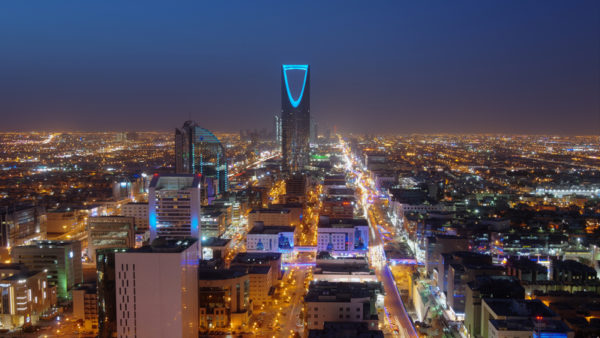

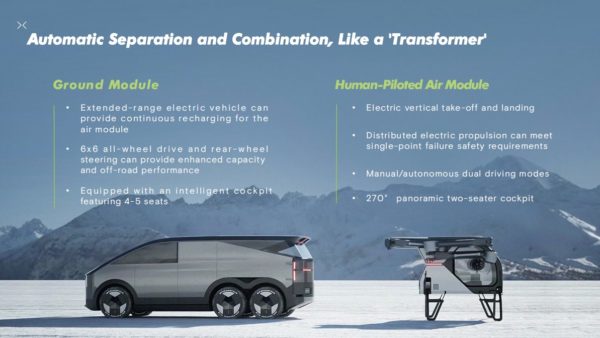
What do they need a 100 airports for they would be better spending money on their poor people
That’s really good news because, I thought all the money the UK is still pouring into India to fight poverty and discrimination against the lower caste’s was being spent on the space race by the Indian Government!
Well conceived metropolitan spatial development plans will be needed prior to locating new airports. This can insure that locations selected contribute to orderly well-serviced urban expansion plans. Otherwise, the new airports will just contribute to the unmanaged rapid urbanization problems already existing in India.
Infrastructure (including airports) is an important means for employment generation which benefits the poor in our country. The Indian middle class is growing and air travel is now a preferred means of transportation for increasing numbers of our people.
Our space programme is probably the most cost effective in the world. A significant proportion is directed towards agriculture and benefiting poor farmers (an area I serve). Our Mars mission (Mangalyaan) for instance probably cost less than a big banner Hollywood film.
While some big ticket investments may appear jarring when contrasted with scenes of abject poverty, I believe their inspirational or aspirational importance cannot be denied. For a nation scrambling to lift itself by its bootstraps on many fronts and surrounded by inimical forces, development is virtually a mantra for the survival of any political party in our democratic setup.
Without infrastructural development, I am afraid we will not be able to improve on the development indices in keeping with our stature as the 5th largest economy of the world by GDP (in USD) after ovetaking the UK.
In the words of Robert Frost, we still have miles to go…